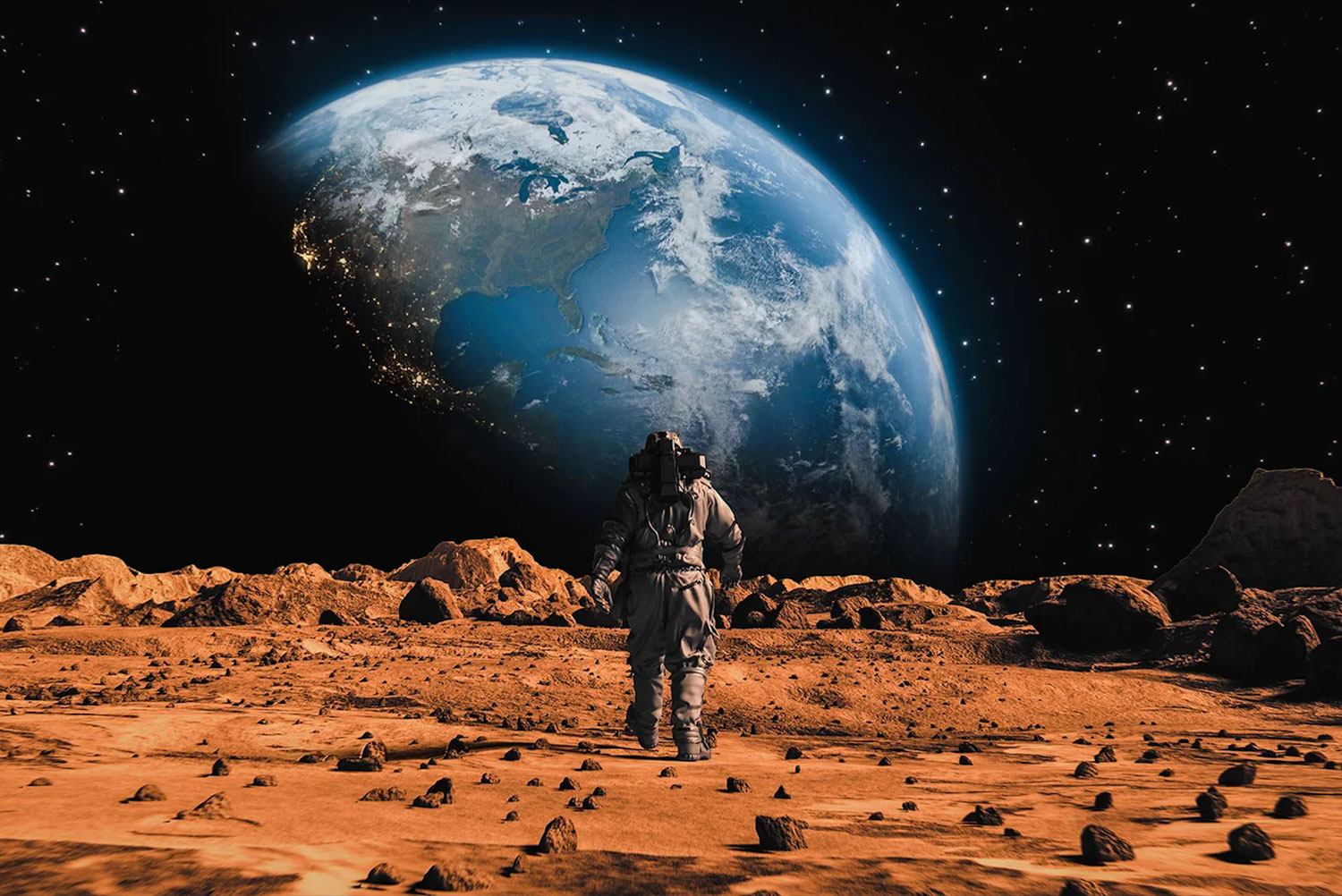CHAPTER III — Martian Canal System
byCHAPTER III — Martian Canal System lies at the heart of Mars’ survival and sustainability, offering an unparalleled example of extraterrestrial engineering adapted to a world with scarce natural water sources. While Earth depends on rainfall, rivers, and underground aquifers, Mars relies solely on a network of artificial waterways, crafted with both foresight and necessity. Originating as a response to Christ’s divine warning, these canals emerged from the Martian population’s urgency to prepare for the long-term depletion of natural moisture and to cultivate an advanced, stable environment amid planetary desiccation.
Thousands of years after this spiritual guidance, Martians initiated a water management system unlike any seen in human history. These canals—often built in parallel with redundancy in mind—form a complex mesh that stretches across the Martian surface, drawing from seasonal polar ice melts. Each canal serves as a regulated conduit, linking farmlands and settlements with essential water supplies, operated through electric-powered locks and pumps that allow for vertical and horizontal transport across the arid terrain.
The twin canals, separated by roughly 75 miles, were designed with a layered contingency plan, allowing for uninterrupted flow even if one channel is compromised. This redundancy secures crop irrigation and drinking water, forming the bedrock of the Martian agricultural ecosystem. Due to the planet’s lower gravity, deeper channels and extensive pipelines are more easily carved into the landscape, reducing the labor required and allowing faster expansion of the network over time.
What many Earth-based observers like Lowell mistook for cities or natural formations are now known to be essential infrastructural hubs. The so-called “Oases” actually operate as surface reservoirs where water collects, allowing surrounding regions to benefit from dewfall hydration and seasonal runoff collection. These reservoirs are bolstered by the “Carets,” triangular facilities that serve dual purposes: temporarily impounding water and elevating it using energy-efficient machinery into the high-level canals for further distribution.
This system’s operational success cannot solely be credited to technological superiority but also to the unified social fabric that underpins Martian civilization. With no divisions in race, creed, or political ideology, the Martians have been able to collectively prioritize infrastructure, sustainability, and public welfare without resistance. Their cooperative mindset has allowed them to invest generations into a shared vision, resulting in a planetary-scale feat unimaginable in Earth’s current fragmented sociopolitical climate.
Moreover, the Martian Canal System was not created as a luxury, but as a response to existential need. The shrinking of former oceans and the progressive desertification of Mars made water transportation not just vital but non-negotiable for survival. Over centuries, what began as a defensive measure evolved into a cultural hallmark—proof of their commitment to collective progress and intelligent design.
The use of electric energy for lock operation showcases Mars’ early pivot to renewable energy sources. Given the planet’s limited access to combustion fuels, engineers developed solar-based electricity generations well before such efforts became common on Earth. This not only lowered operational costs but also aligned with their broader ecological ethic—minimizing resource consumption while maximizing utility across the board.
Modern Martian life thrives because of this resilient water framework, with every urban and agricultural development intentionally built around the canal grid. Instead of adapting the system to human sprawl, Martians adapted their settlements to the flow and availability of water, reversing the Earth-bound mindset of expansion at any cost. This has resulted in highly planned cities, each with lush, green belts maintained through precise hydration scheduling and atmospheric dew harvesting technologies.
This chapter also provides a philosophical lens on what infrastructure reveals about a society’s values. The Martian Canal System is more than engineering—it is a declaration of a people’s alignment with sustainability, spiritual foresight, and harmonious living. Each canal, pump, and oasis reflects choices made not for dominance, but for balance—between survival and respect for nature, between progress and tradition, between autonomy and unity.
For Earth readers, the Martian model offers more than inspiration; it presents a mirror. As climate instability, water scarcity, and social divisions widen on Earth, the Martian system serves as a benchmark of what can be achieved when society chooses long-term vision over short-term profit. Their approach to governance, infrastructure, and resource management not only supports their vast population but also safeguards future generations—without relying on exploitation or environmental degradation.
While Earth’s most advanced cities still debate over water rights and privatization, Mars showcases a civilization that resolved these questions eons ago. Water, to Martians, is not owned—it is shared, protected, and distributed equitably as a divine gift. Their success should not be viewed as alien superiority, but as a case study in unified will and wise stewardship, reminding Earth’s inhabitants that sustainable futures are not out of reach, but within collective determination.


